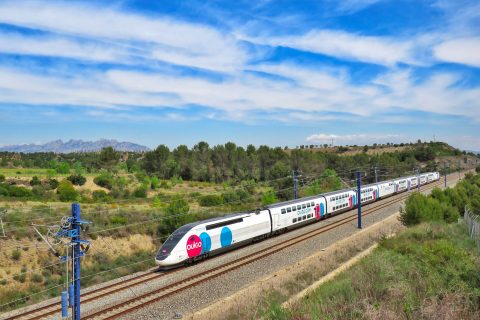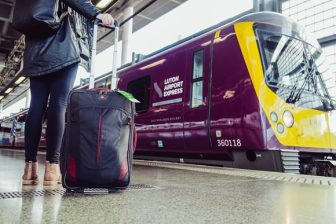
Delayed arrival of new operators Madrid-Andalusia: the link to old signalling
Source: SNCF / Ouigo Credit: Ricard Duran Agustí
The arrival of new competitors in Spain between Madrid and Córdoba and Málaga in the southern region of Andalusia will not be this summer, and probably not this year, as planned. The delay in operating in competition on the country’s first high-speed line is the result of signalling that is incompatible with current standards.
Want to read more?
You have read all of your free premium articles for this month. Please become a subscriber to keep reading.
Subscribe now!
Take advantage of our exclusive offer to get full access to all premium content.



